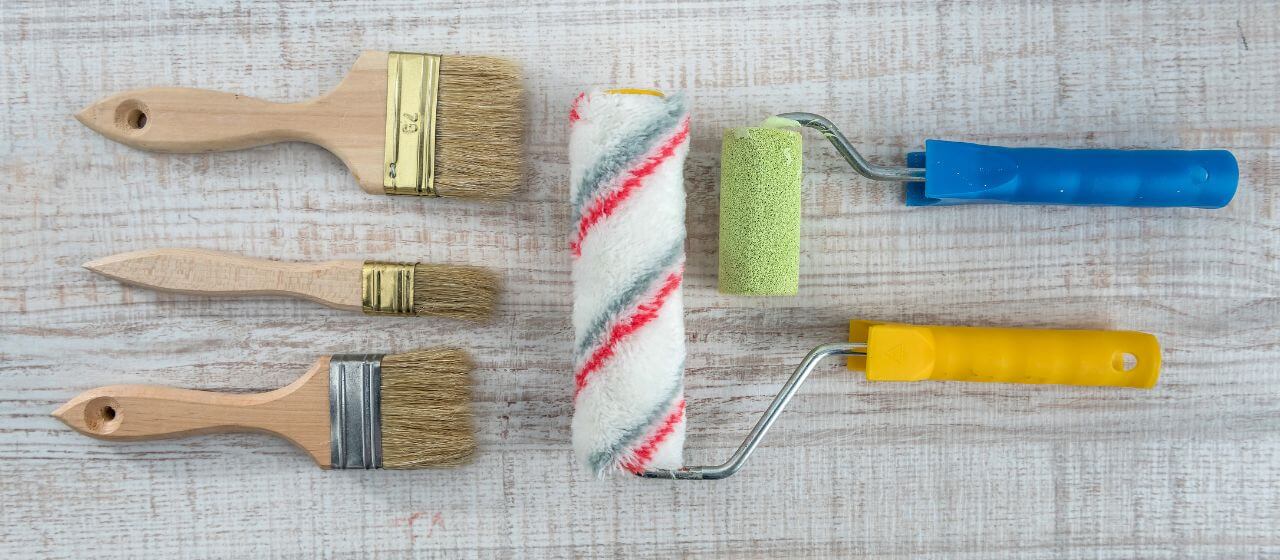Cleaning Paint Brushes and Rollers For A Professional Finish
Introduction
Achieving a professional paint finish not only requires the right techniques but also proper maintenance of your painting tools. Cleaning paint brushes and rollers is a crucial step that ensures longevity, efficient paint application, and a flawless result. In this guide, we’ll walk you through authoritative insights on how to clean your paint brushes and rollers effectively while adhering to SEO best practices to enhance readability.

The Importance of Proper Cleaning
Neglecting to clean your paint brushes and rollers after each use can lead to a range of issues. Dried paint residue can clog bristles, affecting paint distribution and resulting in uneven application. Proper cleaning not only maintains the quality of your tools but also saves you money by extending their lifespan.
Step-by-Step Guide: Cleaning Paint Brushes
Step 1: Remove Excess Paint
Before cleaning, remove excess paint by gently scraping the brush against the rim of the paint can or a clean surface. This prevents excessive paint waste during the cleaning process.
Step 2: Rinse with Water or Solvent
For water-based paints, rinse the brush under warm water. For oil-based paints, use an appropriate solvent like mineral spirits. Swirl the brush in the solvent until the paint starts to dissolve.
Step 3: Use Mild Soap
Create a soapy solution using mild dish soap and warm water. Gently swirl the brush in the solution, ensuring the bristles are thoroughly cleaned. Rinse with clean water.
Step 4: Dry and Reshape
Gently shake off excess water and reshape the bristles with your fingers. Hang the brush upside down or lay it flat to dry. Avoid standing brushes on their bristles, as this can cause deformation.
Step-by-Step Guide: Cleaning Paint Rollers
Step 1: Remove from Roller Frame
Detach the paint roller from the frame. If the roller has a plastic core, remove it as well.
Step 2: Scrape Off Excess Paint
Use a putty knife or scraper to remove as much paint as possible from the roller. Work from the center toward the edges.
Step 3: Rinse or Soak
Rinse the roller under warm water until the water runs clear. Alternatively, soak the roller in a bucket of warm, soapy water for a deeper clean.
Step 4: Rinse and Dry
Thoroughly rinse the roller with clean water to remove soap residue. Squeeze out excess water and hang the roller to dry.
Conclusion
A professional paint finish hinges on meticulous attention to detail, from choosing the right paint to maintaining your painting tools. By following this authoritative guide, you’re armed with the knowledge to clean your paint brushes and rollers effectively, ensuring optimal performance and a flawless finish. Incorporating these cleaning practices into your painting routine not only elevates your craftsmanship but also enhances the longevity of your tools. Achieve the professional results you desire with the power of proper tool maintenance.
